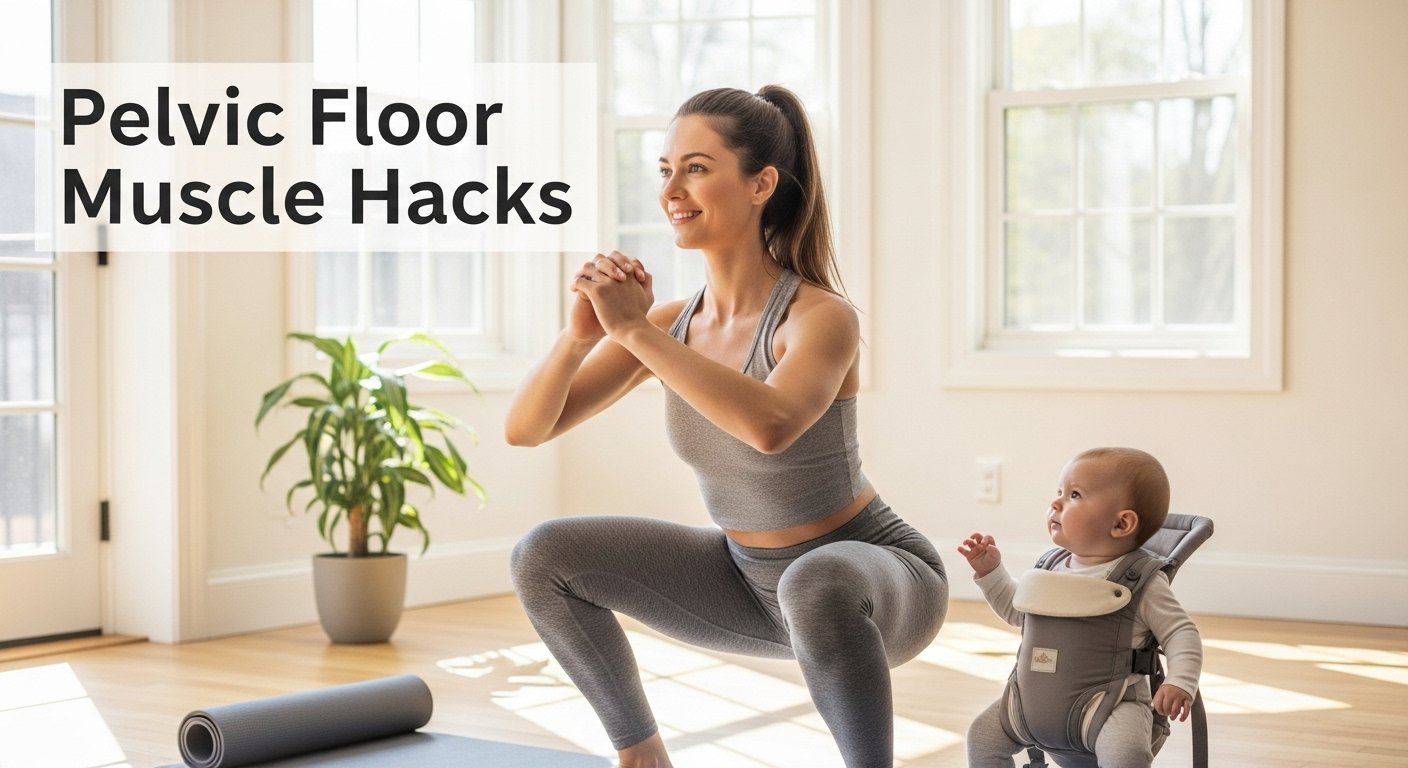Welcoming a new baby is an incredible journey, but it can take a toll on your body. Many new moms experience changes in their pelvic floor muscles, which support your bladder, uterus, and bowels. Weakness here might lead to issues like incontinence or discomfort, shaking your confidence during those early postpartum days.
The good news? Simple pelvic floor exercises can help strengthen these muscles, improve control, and get you feeling like yourself again. These moves are gentle, beginner-friendly, and perfect for incorporating into your daily routine. Always check with your doctor before starting, especially if you had a complicated delivery.

Diaphragmatic breathing illustration
1. Diaphragmatic Breathing
Start with the basics. This exercise focuses on deep breathing to engage your pelvic floor naturally. Lie on your back with knees bent. Place one hand on your belly. Inhale deeply through your nose, letting your belly rise while relaxing your pelvic floor. Exhale slowly through your mouth, gently contracting your pelvic muscles as if stopping urine flow. Hold for 3-5 seconds.
Repeat 10 times, twice a day. It’s a great way to reconnect with your body post-birth.
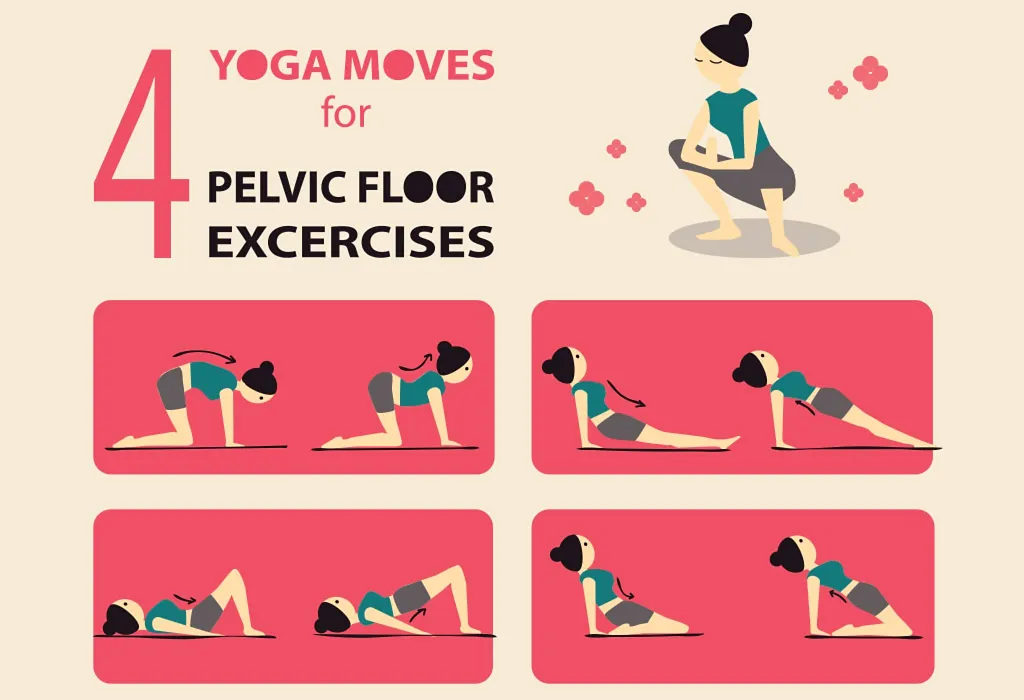
Kegel exercise diagram
2. Quick Kegels
Kegels are the go-to for pelvic strength. Quick ones build fast-twitch muscles for sudden control. Sit or lie comfortably. Quickly squeeze and release your pelvic floor muscles—like stopping pee mid-stream. Aim for 10 rapid contractions in a row.
Do 3 sets daily. They’re discreet and can be done anywhere, even while feeding baby.
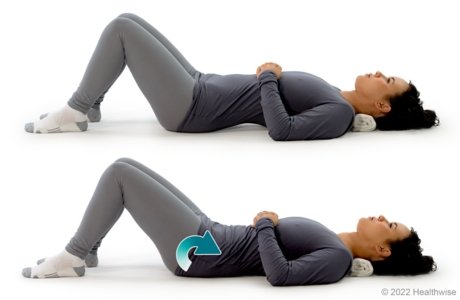
Pelvic tilt position
3. Pelvic Tilts
This move helps realign your pelvis and engages your core along with the pelvic floor. Lie on your back, knees bent, feet flat. Press your lower back into the floor by tilting your pelvis up, tightening your abs and pelvic muscles. Hold for 5 seconds, then release.
Perform 10-15 reps. It’s excellent for reducing back pain too.
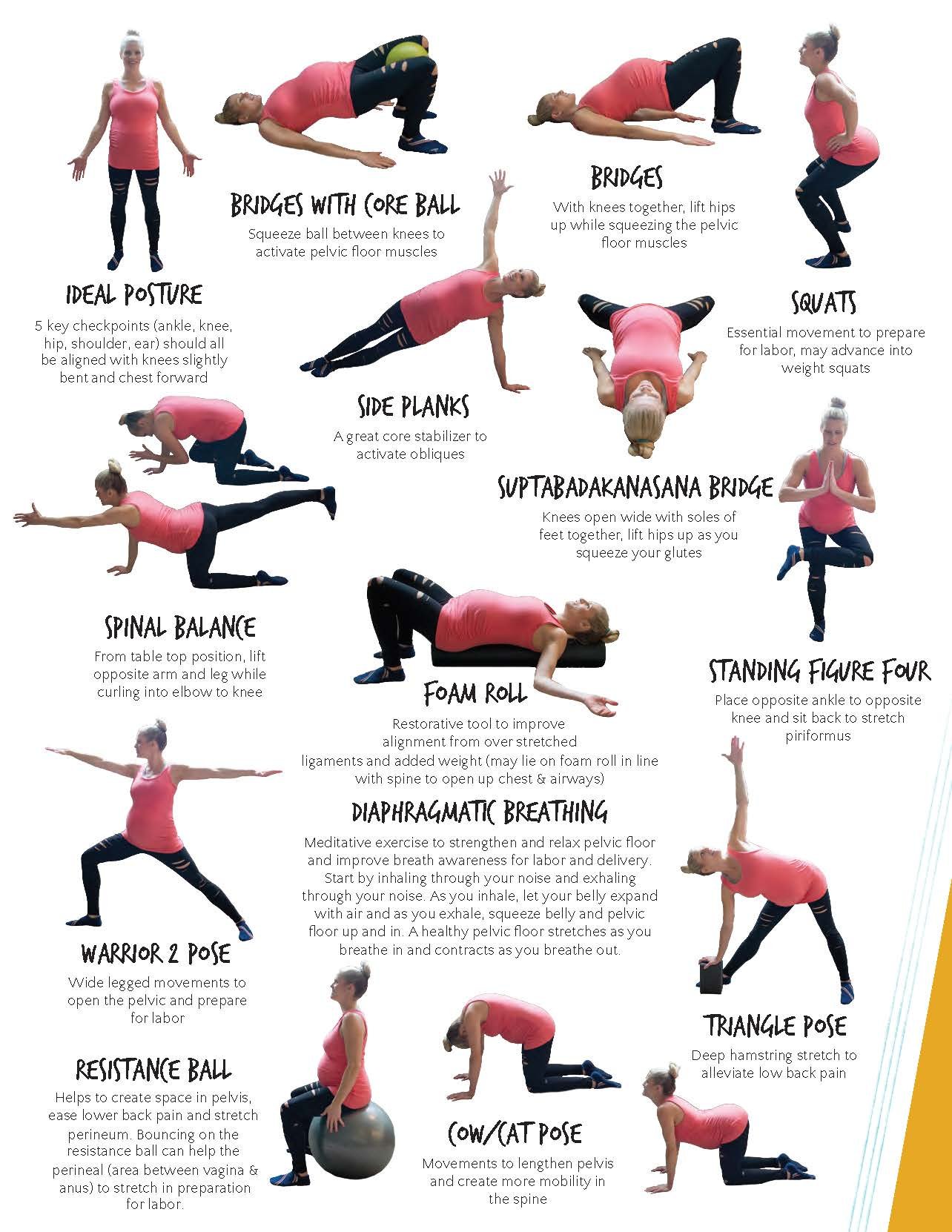
Heel slide exercise
4. Heel Slides
A gentle way to activate your pelvic floor while improving hip mobility. Lie flat with knees bent. Inhale, then exhale as you slide one heel out straight, keeping your pelvic floor engaged. Slide back in. Alternate legs.
Do 8-10 per side. Start slow to avoid strain.

5. Glute Bridges
Strengthen your glutes and pelvic floor together for better support. Lie on your back, knees bent. Lift your hips up, squeezing your glutes and pelvic muscles. Hold for 5 seconds, then lower.
Aim for 10 reps. This boosts posture and confidence in movement.
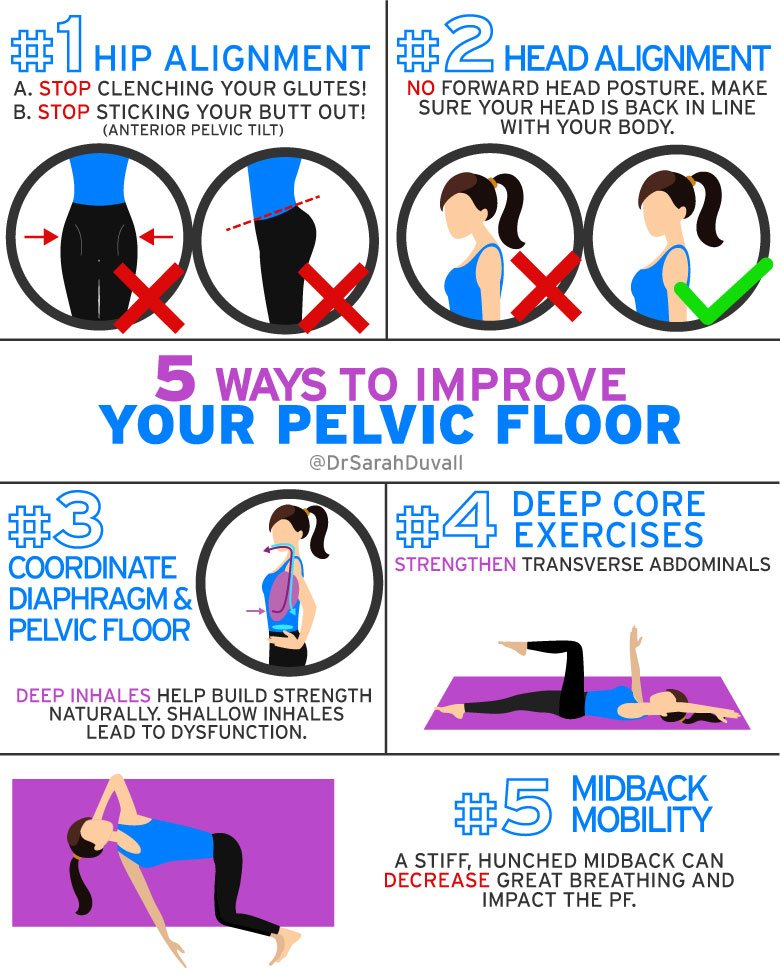
Clamshell pose
6. Clamshells
Target the outer hips and pelvic stabilizers. Lie on your side, knees bent at 45 degrees. Keep feet together, lift top knee up while engaging pelvic floor. Lower slowly.
10 reps per side. Great for preventing imbalances.
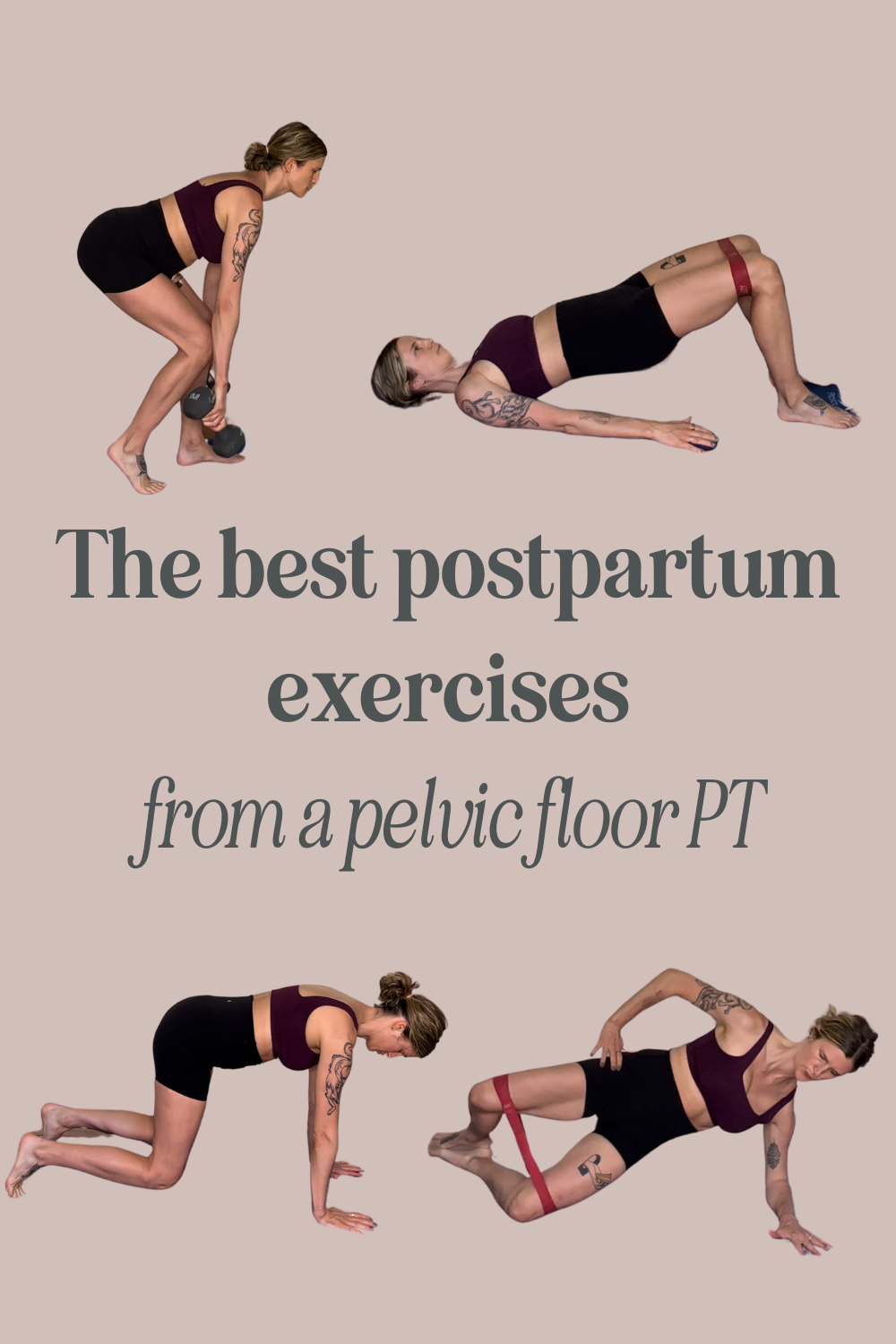
7. Bird Dog
Build core stability and pelvic control.
On all fours, extend one arm forward and opposite leg back. Squeeze pelvic floor to stay balanced. Hold 5 seconds, switch sides.
8 reps each. It enhances coordination.

8. Happy Baby Pose
A relaxing stretch that gently strengthens.
Lie on back, grab outsides of feet, knees wide. Rock side to side while breathing deeply and engaging pelvic floor.
Hold 30 seconds, repeat 3 times. Perfect for unwinding.
Consistency is key—aim for daily practice. Listen to your body; if something hurts, stop and consult a professional. Over time, you’ll notice improved strength and that much-needed confidence boost.
For more postpartum tips, check out our guide on 10 Gentle Ways to Lose Weight Safely After Birth or 7 Postpartum Superfoods That Support Recovery and Boost Breastfeeding. If you’re thinking about outfits for this new phase, see 15 Best Postpartum Outfits That Are Stylish and Comfortable.
Top On Sale Product Recommendations!
As you regain your strength, make outings with your little one easier. Check out this Baby Stroller 3 in 1 Luxury Pram For Newborn Carriage PU leather High Landscape trolley car 360 rotating baby Pushchair shell. 🔗 Click & Buy

